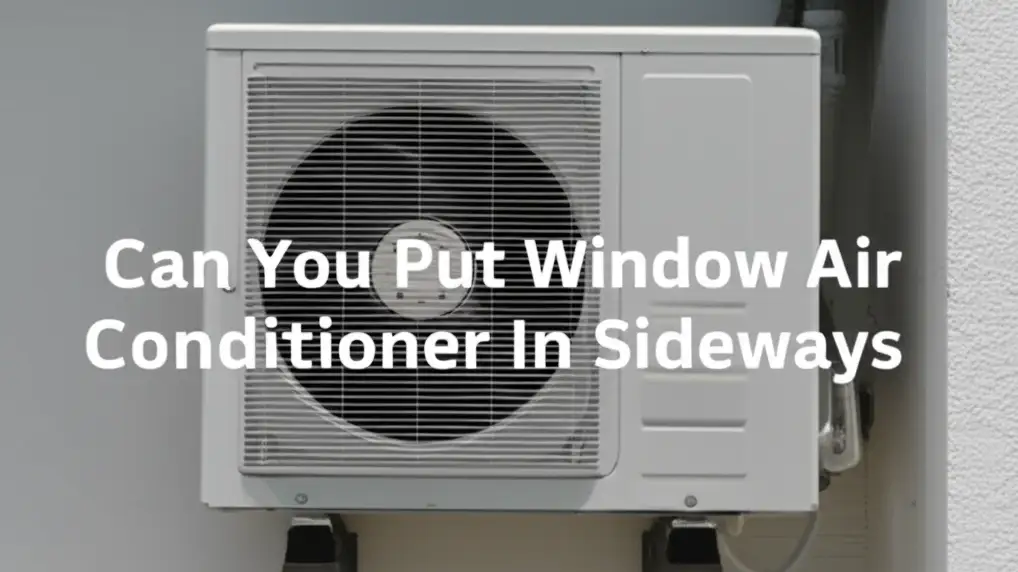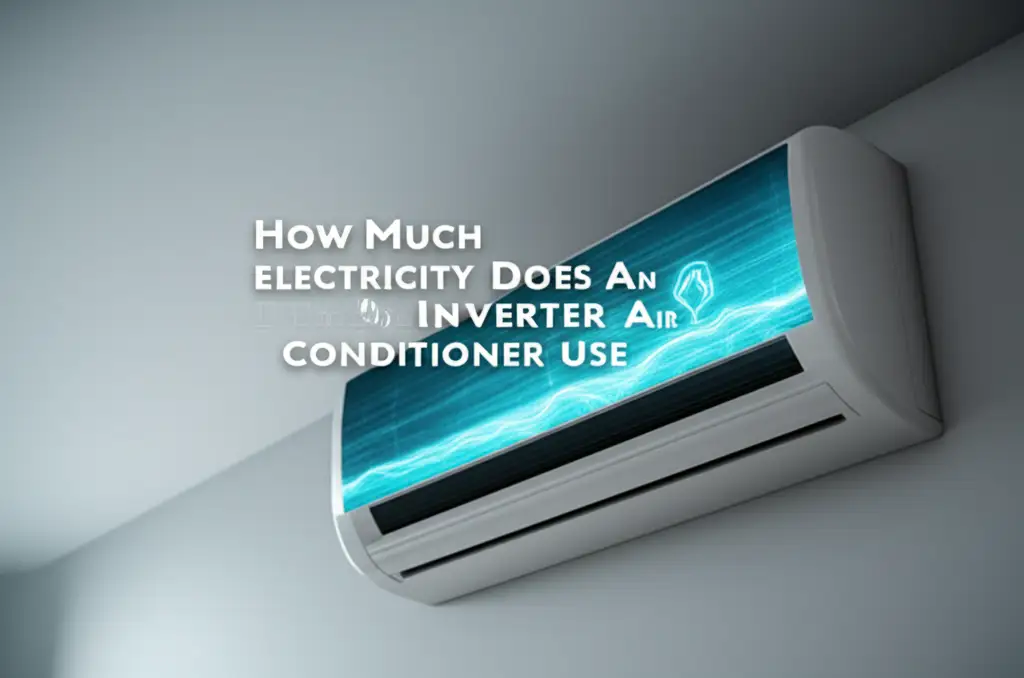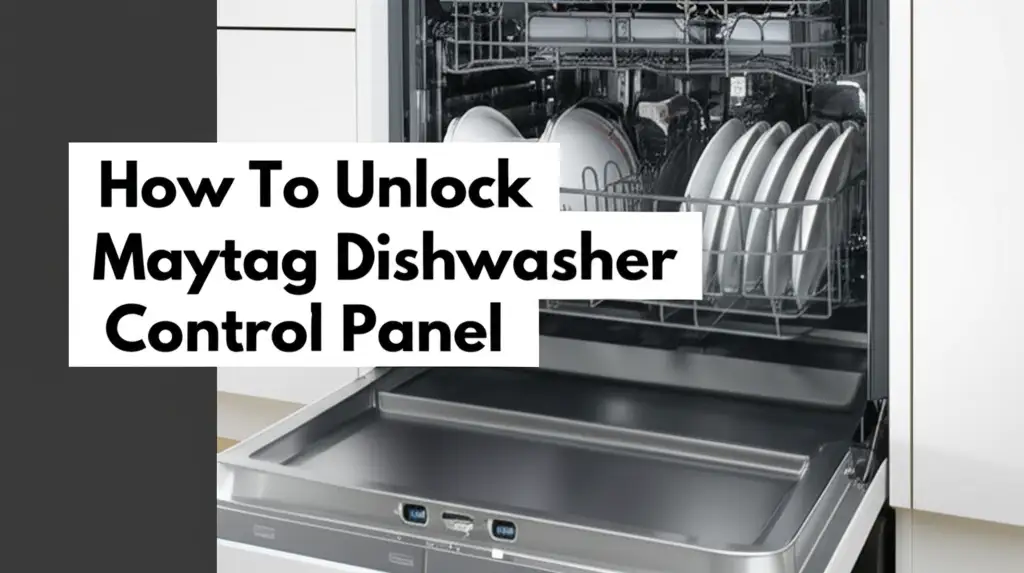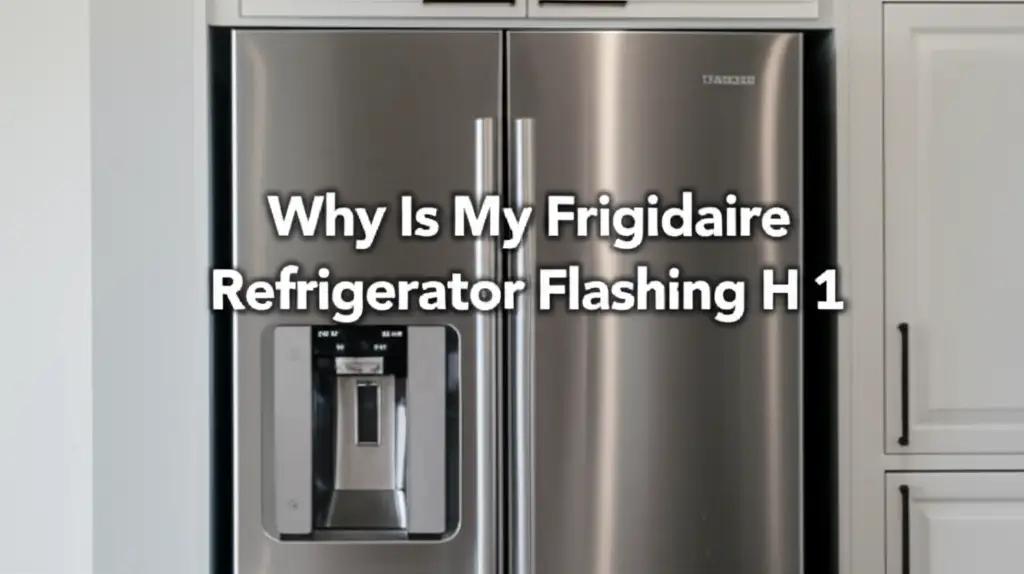· Davia Murnell · Home Appliances · 20 min read
Can You Put Window Air Conditioner In Sideways

Avoid Sideways Window AC Installation: Why Orientation Matters
Have you ever considered installing your window air conditioner sideways? Perhaps your window is unusually tall and narrow, making a standard horizontal setup impossible. This idea might seem clever for unique window types. However, putting a window air conditioner in sideways creates many serious problems. It directly affects how the unit works. It also impacts its lifespan and overall cooling ability.
Window air conditioners are built for a specific orientation. This design ensures proper water drainage, refrigerant flow, and efficient operation. Deviating from this design leads to many issues. These issues include water leaks, poor cooling, and even complete unit failure. Understanding the reasons behind this is important for any homeowner. This guide explains why you cannot install a window air conditioner sideways. We will explore the critical design elements that make proper orientation necessary. We also discuss the severe consequences of incorrect installation. You will learn about safe and effective cooling alternatives for difficult window spaces.
Takeaway
- Never install a window air conditioner sideways. Units are designed for horizontal use only.
- Sideways installation causes severe issues. These issues include water leaks, compressor damage, and inefficient cooling.
- Proper drainage depends on correct orientation. The AC unit’s tilt and pan design manage condensate.
- Alternative cooling solutions exist. Consider portable AC units or through-the-wall units for tricky windows.
- Follow manufacturer guidelines. Proper installation ensures safety, efficiency, and unit longevity.
Can you put window air conditioner in sideways?
No, you cannot put a window air conditioner in sideways. Window AC units are specifically designed for horizontal installation. Installing them sideways disrupts the critical drainage system. It also negatively affects the compressor’s lubrication and refrigerant flow. This leads to water leaks, poor cooling performance, and permanent damage to the unit. Always install your AC unit level or with a slight tilt outward.
The Core Problem: Why Sideways Installation Fails
The idea of installing a window air conditioner sideways often comes from a need to fit the unit into an awkward space. Many people have windows that are taller than they are wide. A standard window AC unit fits horizontally into a typical double-hung window. When a window is very narrow, people sometimes consider turning the unit. This seems like a solution to a difficult fit. However, this action directly contradicts the unit’s fundamental design.
An air conditioner works by moving heat. It uses a refrigerant cycle to do this. The unit’s internal parts, especially the compressor, depend on gravity for proper operation. The compressor is the heart of the AC system. It contains oil for lubrication. This oil must stay in the right place. When you turn the unit sideways, the oil moves away from where it needs to be. This causes parts to wear down faster. It also leads to overheating.
Moreover, window AC units have a built-in drainage system. This system handles the water collected during the cooling process. This water, called condensate, drips into a pan. The pan is designed to hold water and then drain it out. It relies on the unit being horizontal with a slight outward tilt. If the unit is sideways, the water cannot drain correctly. It will pool inside the unit. This pooling leads to water leaking into your home. It can also cause mold growth and damage to the AC unit’s electrical components. These problems quickly make the air conditioner useless.
Understanding Your Window AC Unit’s Design
Window air conditioners are carefully engineered. Each component has a specific place and purpose. The unit is essentially a box containing a compressor, evaporator coils, condenser coils, and a fan. These parts work together to cool your space. The design assumes the unit will sit level. It must also have a slight downward slope to the outside. This specific orientation is not optional. It is crucial for the unit’s function.
The compressor is a sealed unit. It sits at the bottom of the AC. Inside the compressor is lubricating oil. This oil keeps the moving parts smooth. When the unit is horizontal, gravity keeps the oil at the compressor’s base. This ensures consistent lubrication. If you place the unit on its side, the oil shifts. It moves away from the parts that need lubrication. This starved lubrication causes the compressor to grind. It generates excessive heat. This quickly leads to compressor failure. A failed compressor means your AC unit stops cooling entirely. Repairing a compressor is often as costly as buying a new unit.
Furthermore, the refrigerant lines within the unit are sized and routed for horizontal flow. Refrigerant changes between liquid and gas states. This change happens as it absorbs and releases heat. When the unit is sideways, the refrigerant flow becomes inefficient. It may even get blocked in certain areas. This reduces cooling capacity. It also puts undue stress on the compressor. The fans are also designed to draw air from the room and expel hot air outside. Their motor bearings are set for specific load directions. Turning them sideways can cause uneven wear. This can lead to noisy operation and premature fan motor failure. The unit relies on this fixed structure. Any change can break its function.
Consequences of Improper AC Orientation
Installing your window air conditioner sideways creates a cascade of negative effects. These consequences range from minor annoyances to severe damage. Ignoring proper orientation can lead to costly repairs or the need for a new unit. Understanding these risks helps to reinforce why correct installation is non-negotiable.
One of the most immediate problems is water leakage. As an air conditioner cools air, it removes moisture from it. This moisture condenses into water. Window AC units have a drain pan that collects this water. They also have drain holes or a sling ring system. This system is designed to either evaporate the water or drain it outside. When the unit is sideways, the drain pan cannot collect water properly. The water sloshes out of the pan. It then leaks into your home. This can damage floors, walls, and furniture. It can also create an environment for mold and mildew to grow. If your window air conditioner is leaking water from the front, improper leveling or sideways placement could be a cause. Learning how to stop window air conditioner from leaking water often starts with correct unit positioning.
Beyond water issues, the unit’s cooling performance suffers drastically. The evaporator and condenser coils are meant to work efficiently in a horizontal layout. Airflow becomes uneven when the unit is sideways. Hot air might mix with cooled air. This reduces the unit’s ability to cool the room effectively. You might find your window air conditioner is not as cold as it used to be. This could be a symptom of incorrect orientation or other issues. The reduced efficiency also means higher energy bills. The unit works harder but cools less.
Worst of all, sideways installation can permanently damage internal components. The compressor, as mentioned, relies on proper oil lubrication. Without it, the compressor motor quickly burns out. This is an expensive repair. It often means replacing the entire unit. Other components, like the fans and coils, can also wear prematurely due to unusual stress. These damages make the unit unreliable. They significantly shorten its lifespan. Ultimately, a sideways installation provides poor cooling and damages your investment.
Water Drainage: A Critical Factor
Proper water drainage is fundamental to a window air conditioner’s operation. Air conditioners remove humidity from the air. This process creates a lot of water. This water is called condensate. Each window AC unit has a system to manage this condensate. Understanding this system explains why horizontal installation is vital.
Inside your window AC unit, there is a drain pan. This pan sits underneath the evaporator coils. As warm, humid air passes over the cold coils, moisture condenses. It drips into this pan. The pan is designed to collect all the water produced. Most modern window AC units do not have a visible drain hose. Instead, they use a “slinger ring” system. A slinger ring is part of the condenser fan blade. This ring scoops water from the drain pan. It then slings it onto the hot condenser coils. The heat from the coils evaporates the water. This helps to cool the coils and dispose of the water.
For this system to work, the water must flow into the drain pan. The unit needs to be horizontal or have a slight tilt towards the outside. A general rule is to tilt the unit slightly down by about 1/4 inch per foot. This ensures water drains out. If the unit is installed sideways, the drain pan’s orientation changes. The water will not flow into the pan correctly. It will spill over the edges. This causes water to leak back into your home. This leakage is a common sign of incorrect installation.
Water pooling inside the unit can also cause other problems. It can lead to mold and mildew growth. Mold smells bad. It also affects air quality. The water can reach electrical components. This causes short circuits or corrosion. This makes the unit unsafe. It can also lead to electrical failures. The drainage system is not just about keeping water out of your home. It is about protecting the AC unit itself. A compromised drainage system means a compromised air conditioner.
Compressor Health and AC Lifespan
The compressor is the powerhouse of your window air conditioner. It circulates the refrigerant. This circulation allows the AC to absorb heat from your room and release it outside. The health of the compressor directly impacts your unit’s cooling ability and overall lifespan. Maintaining its integrity is paramount.
Compressors contain lubricating oil. This oil keeps the internal parts moving smoothly. The compressor is designed to operate in a specific upright or horizontal position. This position ensures the oil stays at the bottom of the compressor housing. Gravity helps keep the oil where it needs to be. This ensures continuous lubrication of the crankshaft, pistons, and other moving components. Proper lubrication prevents friction and wear. It helps the compressor run efficiently and quietly.
When a window AC unit is placed sideways, the compressor’s orientation changes. The lubricating oil shifts. It moves away from the critical areas that need constant lubrication. This leads to what is called “oil starvation.” Without sufficient oil, metal parts rub against each other. This causes rapid wear. It generates excessive heat. The compressor will strain to operate. It may make grinding or whining noises. This increased friction and heat can quickly lead to the compressor overheating and failing. A burned-out compressor means the AC unit no longer cools. It requires an expensive replacement. Often, replacing the entire unit is more cost-effective than repairing a damaged compressor.
Beyond direct damage, an improperly oriented compressor also affects refrigerant flow. The refrigerant lines are designed for gravity-assisted movement in some areas. Sideways installation can create “traps” where liquid refrigerant pools. This can lead to “liquid slugging” where liquid refrigerant enters the compressor. Compressors are designed to compress gas, not liquid. Liquid slugging can cause severe mechanical damage to the compressor’s internal valves and pistons. This further shortens the AC unit’s life. Proper orientation protects your investment and ensures years of reliable cooling.
Alternative Cooling Solutions for Awkward Windows
Not every window is suitable for a standard window air conditioner. Tall, narrow, or casement windows often make traditional horizontal installation impossible. While you cannot put a window air conditioner in sideways, several alternative cooling solutions can provide comfort without compromising your unit’s function or safety.
One popular alternative is a portable air conditioner. These units sit on the floor. They use a hose to vent hot air out of a window. The hose fits into a window kit. This kit adjusts to various window sizes, including vertical sliding windows. Portable AC units offer flexibility. You can move them from room to room. They do not block the entire window. This allows more light into the room. However, they are generally less efficient than window units. They also take up floor space. Some units come with two hoses for better efficiency. One hose brings in fresh air. The other expels hot air. For more details on alternative venting, you might explore how to vent portable air conditioner without window options.
Another option is a through-the-wall air conditioner. These units are specifically designed for permanent installation through an exterior wall. They require cutting a precise opening in the wall. This is a more involved installation process. It may require professional help. However, once installed, these units are very stable. They offer efficient cooling. They do not occupy window space. This makes them ideal for homes with unsuitable windows or those seeking a cleaner look. These units are different from window units. You can generally use a window air conditioner for this purpose, but it often needs special kits or modifications. For more information, check if you can use window air conditioner through the wall.
For situations where a small amount of cooling is needed, or the window opens sideways (like casement windows), a casement window AC unit is an option. These units are specifically designed to fit into narrow, vertical window openings. They are taller than they are wide. They are purpose-built for this application. They are not standard window units installed sideways. They ensure proper drainage and compressor operation. They are less common than standard window units but solve a specific problem. Always choose a cooling solution that matches your window type and unit design. Do not force a unit into an improper position.
Best Practices for Window AC Installation
Proper installation of your window air conditioner is crucial. It ensures optimal performance, energy efficiency, and a long lifespan for the unit. Following best practices also prevents common issues like water leaks and breakdowns. A correctly installed unit cools your home effectively and safely.
First, choose the right size AC unit for your room. An undersized unit struggles to cool. An oversized unit cycles on and off too frequently. This wastes energy and leaves the air feeling clammy. Match the BTU (British Thermal Units) rating to your room’s square footage. Factors like sunlight exposure and ceiling height also play a role.
Second, ensure proper support. Window AC units are heavy. They need strong support. Use the mounting brackets provided by the manufacturer. If your window frame is not sturdy, consider using a separate AC support bracket. This bracket attaches to the exterior wall. It provides additional stability. Never rely solely on the window sash to hold the unit. This can damage the window or cause the unit to fall.
Third, level the unit correctly. As discussed, drainage is key. Install the unit so it is level from side to side. It must have a slight tilt (about 1/4 inch per foot) downward towards the outside. This tilt allows condensed water to drain properly. It prevents water from pooling inside or leaking into your home. Use a level tool to confirm the correct tilt. If your AC seems to be leaking water from the front, improper tilt is a common reason.
Fourth, seal gaps around the unit. Use the provided side panels and weatherstripping. Fill any gaps between the AC unit and the window frame. This prevents cool air from escaping. It also stops hot air, insects, and pollen from entering. Good sealing improves efficiency. It reduces energy costs. You can use foam insulation strips or caulk for extra sealing. Proper installation makes a big difference. It ensures your AC unit performs as designed. Remember, a window air conditioner does not have to be in a window if you choose alternative methods like through-the-wall kits, but the orientation principles remain.
Troubleshooting Common AC Issues
Even with proper installation, window air conditioners can sometimes develop problems. Knowing how to troubleshoot common issues helps you maintain your unit. It also allows you to address problems quickly. This can save you from unnecessary service calls or unit replacement.
No Cooling or Poor Cooling: If your unit is running but not cooling, check the thermostat settings. Ensure it is set to a low enough temperature and a cool mode. Dirty air filters are a common cause of poor cooling. A dirty filter restricts airflow. This makes the unit work harder. It also reduces cooling capacity. Clean or replace your air filter regularly. If your window air conditioner is not blowing hard, a dirty filter or blocked vents could be the culprit. Blocked outdoor coils can also reduce heat exchange. Ensure the condenser coils are free of debris.
Water Leaks: Water leaking into your home is a major concern. First, confirm the unit has the correct slight downward tilt towards the outside. A level unit or one tilted inward will cause leaks. Check the drain pan for blockages. Debris or algae can clog the drain holes. Clean the pan if necessary. Ensure the slinger ring is free to move. If your window air conditioner is leaking water from the front, addressing the tilt and drain system is often the solution.
Unit Not Turning On: If your AC unit is completely dead, check the power supply. Ensure it is plugged in firmly. Check your circuit breaker. Reset it if it has tripped. Some units have a reset button on the plug. Press it if present. If your window air conditioner is not turning on, a power issue is the first thing to check. Internal wiring or capacitor issues require professional help.
Freezing Up: An AC unit freezes when airflow is restricted or refrigerant levels are low. A dirty air filter is a very common cause. Ice forms on the evaporator coils. This blocks airflow further. Clean the filter. Ensure outside air vents are clear. If the problem persists, low refrigerant is likely. This indicates a leak in the system. A technician must fix refrigerant leaks. If your window air conditioner keeps freezing up, act quickly to prevent damage.
Strange Noises or Odors: Unusual noises like grinding or banging can signal compressor issues. Hissing noises might indicate a refrigerant leak. A musty odor often means mold or mildew inside the unit. Regular cleaning, especially of the coils and drain pan, helps prevent odors. Learning how to clean mold from window air conditioner is important for air quality. Addressing these issues promptly helps maintain your unit’s efficiency and prolong its life.
Maximizing Your AC Unit’s Efficiency and Lifespan
To get the most out of your window air conditioner, consistent care and smart usage are essential. A well-maintained unit cools better. It uses less energy. It also lasts longer. Simple habits can make a big difference in your cooling experience.
Regular Cleaning: This is perhaps the most important maintenance step. The air filter should be cleaned every two to four weeks. A dirty filter restricts airflow. This forces the unit to work harder. It also reduces cooling efficiency. Many filters are washable. Just rinse them with water and let them dry completely. You should also clean the evaporator and condenser coils annually. Dust and debris accumulate on them. This reduces heat exchange. You can use a coil cleaner spray and a soft brush. For a comprehensive guide, learn how to clean window air conditioner without removing it. If you notice a musty smell, it might be mold. Knowing how to clean mold from window air conditioner vents helps improve air quality.
Smart Thermostat Use: Use your AC’s energy-saver mode or a programmable thermostat if available. This allows the fan to turn off when the compressor cycles off. This saves energy. Avoid setting the temperature too low. Each degree you lower the thermostat increases energy consumption by a few percent. A comfortable temperature is usually between 72-78°F (22-26°C). Using a fan alongside your AC can help circulate cool air. This allows you to set the thermostat slightly higher.
Shading and Sealing: Reduce heat gain in your room. Close blinds, curtains, or shades during the hottest parts of the day. This blocks direct sunlight. It keeps the room cooler. Ensure your windows and doors are well-sealed. Drafts allow cool air to escape and hot air to enter. Use weatherstripping or caulk to seal gaps. This reduces the workload on your AC unit.
Seasonal Care: Before storing your AC unit for winter, clean it thoroughly. Allow it to dry completely to prevent mold and mildew. Cover it or store it in a dry place. Before summer starts, inspect the unit. Clean it again. Check for any damage. These steps ensure your AC is ready for efficient operation when you need it most. Investing time in maintenance extends your unit’s life. It ensures you stay cool year after year.
FAQ Section
Can a window AC unit be installed vertically?
No, a standard window AC unit cannot be installed vertically. They are designed for horizontal use. Vertical installation will disrupt the internal drainage system. It also impacts the compressor’s lubrication. This causes water leaks and severe unit damage. Always install these units horizontally.
What happens if you tilt a window AC unit the wrong way?
If you tilt a window AC unit inward (towards the room) instead of outward, water will collect inside the unit. This water will then leak into your home. It can damage floors and walls. It also creates a breeding ground for mold and mildew within the unit itself.
Can a window AC be used as a portable unit?
No, a window AC unit cannot function as a portable unit. Window units require outdoor airflow for heat exhaust. They also need a specific orientation for drainage. Portable AC units are self-contained. They vent hot air through a hose to a window adapter.
What are common signs of an improperly installed window AC?
Common signs include water leaking into the room, poor cooling performance, loud noises from the unit, or the unit frequently turning off. These issues often stem from incorrect leveling, lack of proper support, or inadequate sealing around the unit.
Does a window AC unit need to be perfectly level?
A window AC unit should be level from side to side. However, it needs a slight downward tilt of about 1/4 inch per foot towards the outside. This specific tilt ensures that condensation drains properly from the unit’s drain pan to the outside.
Can putting an AC unit sideways cause a fire?
While not a direct cause, putting an AC unit sideways can lead to conditions that increase fire risk. Compressor overheating due to oil starvation can be severe. Electrical components might short circuit if exposed to pooled water. Always follow installation guidelines to prevent hazards.
Conclusion
The answer is clear: you cannot put a window air conditioner in sideways. This seemingly simple adjustment leads to severe operational problems and unit damage. Window air conditioners are precision-engineered for horizontal installation. This specific orientation ensures the proper function of their vital internal components. The compressor’s lubrication, the refrigerant’s flow, and the critical water drainage system all depend on a horizontal setup with a slight outward tilt.
Attempting a sideways installation will result in immediate issues. You will experience water leaks into your home. The unit’s cooling power will drop significantly. Most importantly, the compressor will suffer damage. This often leads to premature unit failure. Repairing such damage is usually expensive. It often makes buying a new unit a better option. Avoid this costly mistake by respecting the unit’s design.
If you have an unusual window, consider alternative cooling solutions. Portable air conditioners offer flexibility. Through-the-wall units provide a permanent and efficient option. Casement window units fit narrow, vertical openings by design. Always choose a cooling solution that matches your home’s needs and window types. Prioritize safe and correct installation. This ensures your home stays cool efficiently. It also protects your investment in home comfort.





